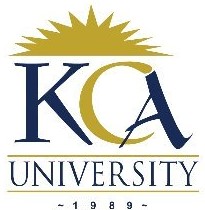 UNIVERSITY EXAMINATIONS: 2018/2019
UNIVERSITY EXAMINATIONS: 2018/2019
EXAMINATION FOR BACHELOR OF SCIENCE IN INFORMATION
TECHNOLOGY/ BUSINESS INFORMATION TECHNOLOGY/ APPLIED
COMPUTING
BIT 3209: MOBILE PROGRAMMING
FULLTIME/PARTIME/DISTANCE LEARNING
DATE: AUGUST, 2019 TIME: 2 HOURS
INSTRUCTIONS: Answer Question One and Any Other Two Questions
QUESTION ONE
(a). Briefly explain the meaning of the following terms in the context mobile programming. Write a
simple XML code for defining each term (6 Marks)
i. XML name space
ii. XML element
iii. XML attributes
(b) State and explain three types of XML tags. Write a sample XML code for defining each tag
(6 Marks)
(c) Describe four factors that needs to be considered before developing a mobile application
(4 Marks)
(d) State and explain three types of Native mobile applications (3 Marks)
(e) The following figure shows a mobile user interface with one text field for writing a message and
a button for sending a message.
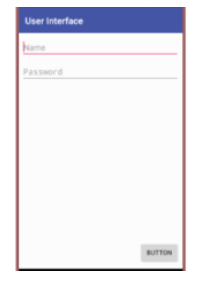
i. Write an XML code that displays the user interface illustrated in the above figure
(4 Marks)
ii. Write java code that defines an event handler that prints a Toast message “Login
successful” when the user press the Button (2 Marks)
(e) Describe the meaning of the term “Broadcast receiver” in the context of mobile programming
(2 Marks)
(f) Define what is “intent” as used in android applications development. Write a sample java code
for creating and sending intent object (3 Marks)
QUESTION TWO
(a) Explain the meaning of the following java code. (5 Marks)
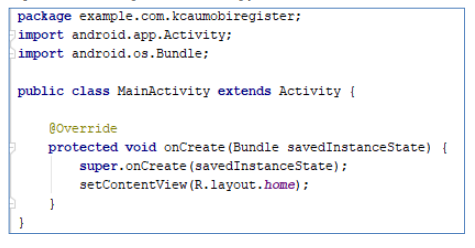
(b) Briefly describe the term A Uniform Resource Identifier (URI) as used in mobile programming
(1 Mark)
(c) Describe any two characteristics of mobile web applications (2 Marks)
(d) Describe the meaning of the term “Activity stack” as used in android applications. Draw a
diagram to illustrate your answer (3 Marks)
(e) State and explain two methods for designing user interface of a mobile application (4 Marks)
(f). Write an XML that displays the following output when executed in an emulator or real device
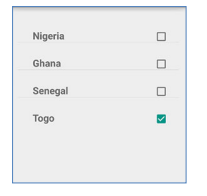
(5 Marks)
QUESTION THREE
(a) Write an XML code that implements the user interface in the following figure (5 Marks)
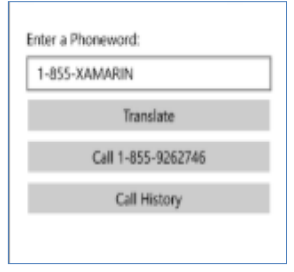
(b) Describe any four components of an android application (4 Marks)
(c) Briefly explain two reasons why Android platform is preferred by developers when developing
mobile applications (2 Marks)
(d). Describe three types of mobile applications (3 Marks)
(e) Describe the importance of integrated development Environment (IDEs) in mobile programming
(2 Marks)
(f) State and explain two categories of integrated development Environment (IDEs) as used in mobile
programming (4 Marks)
QUESTION FOUR
(a). Write an XML that displays the following output when executed in an emulator or real device
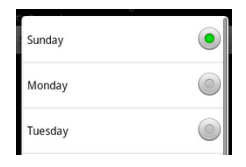
(5 Marks)
(b) Briefly explain the meaning of the following terms as used in mobile programming. Write a
sample XML code that demonstrates implementation each term
i) Edit Text (4 Marks)
ii) Relative layout (4 Marks)
(c) Describe the functions linear layout in the context user interface of a mobile application.
(2 Marks)
(d) Write XML code that demonstrates the implementation of the following hierarchical structure of
mobile user interface (5 Marks)

QUESTION FIVE
(a) Describe the meaning of the following terms as used in mobile programming. Give one example
for each case
(i) Data Adapter (3 Marks)
(ii) Adapter view (3 Marks)
(iii) View Group (3 Marks)
(b) Describe the meaning of the statement ‘ life cycle of an activity’ and explain five states that an
activity goes through during a life cycle. Draw a well labelled diagram that illustrates the lifecycle.
(11 Marks)
Relative
Layout
Name
TextView
Name
Edit Text
